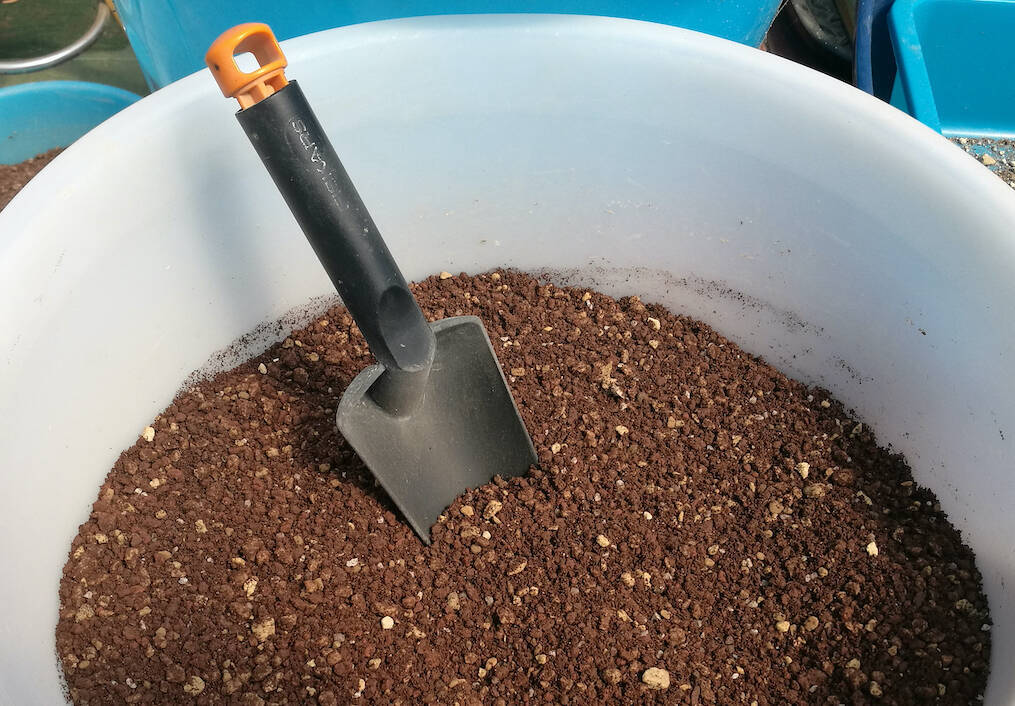Surfing the Internet shows how easy it is now to find retailers of plant-growing materials. It is also true specifically for cacti and succulent plants: online, from skilled nurserymen to businesses that deal only in materials such as potting soil, pots, labels, etc., it is easy to get everything you need to grow. But what to do if we don’t want to buy online? If we need large quantities of materials, and shipping can only go up to a certain weight? If we prefer to provide directly by buying potting soil (everyone may have their reasons for this or that choice)? Do we rely on the ready-made potting soils usually offered by any well-stocked nursery or garden? Or is it better to do it ourselves, assembling the various materials as peat, pumice, and sand, based on our needs?
In this article we see how to make a proper substrate for use with any genre of cactus and, with appropriate adjustments, with succulents, in general. We will make it, and this is the point of this article, with materials that anyone can now easily find in any place (…).







